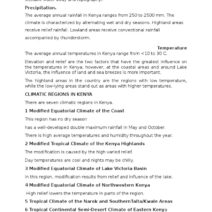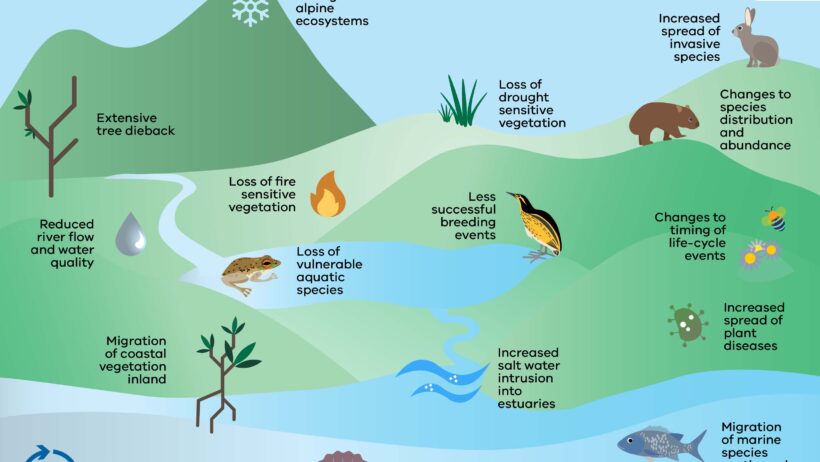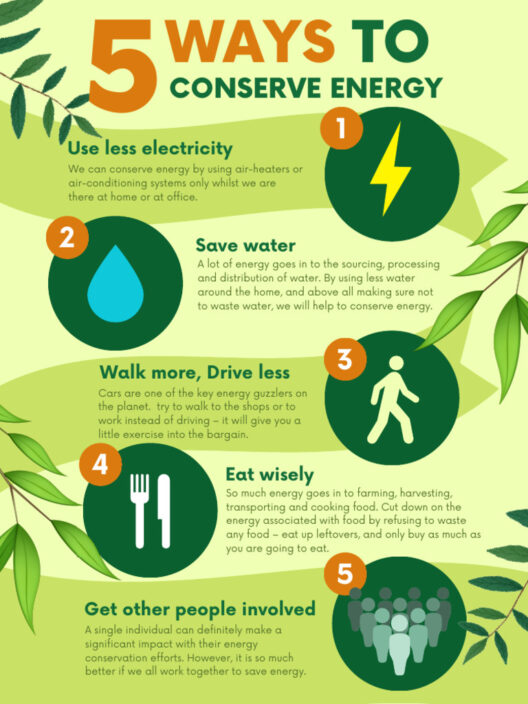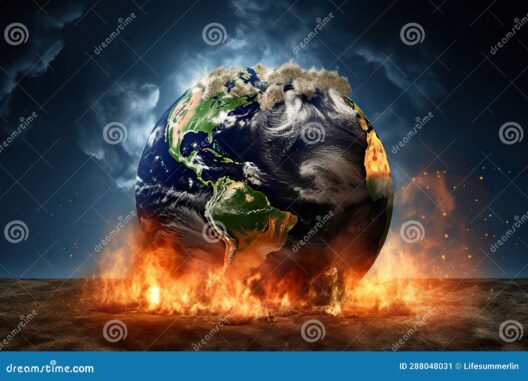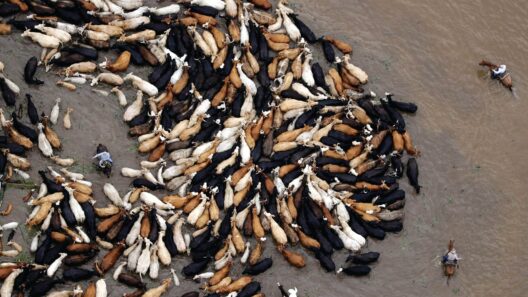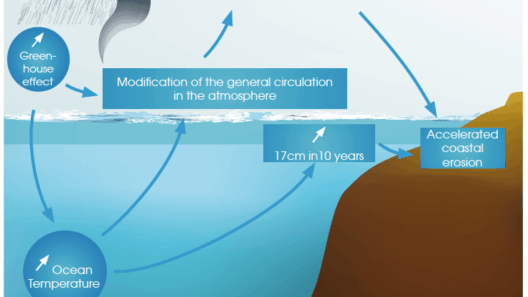The phenomenon of climate change has emerged as a preeminent global challenge, reshaping ecosystems and the functioning of the planet at an unprecedented scale. Understanding how climate change affects the environment requires a multifaceted exploration of various components such as temperature fluctuations, sea level rise, biodiversity loss, and extreme weather events. Each of these elements interconnect in a web of causation, resulting in profound implications for the natural world and human society alike.
One of the most pressing manifestations of climate change is the alteration of temperature patterns, which has far-reaching consequences on both terrestrial and aquatic ecosystems. Average global temperatures have increased significantly over the last century, and projections suggest this trend will continue. The ramifications are not limited to warmer weather; they include the destabilization of ecosystems.
Many species are experiencing shifts in their geographical ranges as they migrate toward cooler environments, attempting to adapt to rising temperatures. This phenomenon poses severe challenges for organisms that are unable to relocate rapidly enough, leading to a decline in biodiversity. For instance, corals in warm waters are undergoing bleaching, which interrupts their symbiotic relationships with algae, essential for their survival. The cascading effects of these changes can be devastating, disrupting food webs and affecting the livelihood of marine organisms, including fish that depend on coral reefs for habitat.
Moreover, the increasing frequency and intensity of weather-related catastrophes are striking indicators of climate change. Hurricanes, floods, droughts, and wildfires have risen in both frequency and severity due to alterations in climatic conditions. Changes in precipitation patterns exacerbate the situation, leading to extremes: some regions experience incessant rains that can flood cities and landscapes, while others suffer from prolonged droughts that decimate crops and threaten water supplies.
For instance, the western United States has seen an alarming increase in wildfires, resulting from a confluence of high temperatures, prolonged drought, and fuel buildup in forests. These fires not only devastate ecosystems but also contribute to the release of large amounts of carbon dioxide into the atmosphere, further entrenching the cycle of climate change. Alarmingly, the forest habitats that were once sanctuaries for various species become ashes, with long-term implications for both flora and fauna.
Nonetheless, climate change ramifications extend beyond the immediate destruction of habitats; the integrity of ecosystems and biodiversity is increasingly under siege. Species extinction rates are accelerating, driven by habitat loss, pollution, and changing climatic conditions. The International Union for Conservation of Nature (IUCN) reports that one in four mammal species is currently threatened with extinction due to the cumulative impact of climate change and human activity.
Notably, amphibians are particularly vulnerable to environmental changes. Alterations in their breeding cycles, habitat availability, and exposure to new pathogens further compound their risk of decline. In the intricate tapestry of biodiversity, each species plays a unique role. The loss of even a single species can disrupt entire ecosystems, leading to unexpected consequences that might jeopardize the delicate balance of ecological interactions.
As the climate continues to warm, the cry for attention grows louder—especially regarding the effects of rising sea levels. The phenomenon is primarily driven by the melting of polar ice caps and the thermal expansion of seawater as it warms. Coastal regions are witnessing significant transformations due to rising waters, with low-lying countries facing existential threats. Cities such as Miami and New Orleans are already experiencing unprecedented flooding events, while several islands in the Pacific are grappling with an impending deluge.
Not only do rising sea levels inundate landscapes; they also incite salinization of freshwater supplies, threatening agriculture and local ecosystems. For coastal ecosystems, like mangroves and salt marshes, the intrusion of saltwater can lead to shifts in species composition and a decline in habitat complexity. Furthermore, these ecosystems serve as crucial buffers against storm surges and erosion; their degradation thus amplifies the vulnerabilities faced by coastal communities.
Addressing the environmental challenges posed by climate change requires concerted global efforts. Mitigating its effects involves a transition to more sustainable practices across industries, advocating for energy efficiency, and embracing renewable energy sources. Restoration projects aimed at reforestation and the rehabilitation of damaged ecosystems can bolster resilience against climate impacts.
Awareness and education play pivotal roles; fostering a conscious society equipped with knowledge about the climate crisis is imperative for inspiring action. Initiating dialogues among stakeholders—including governments, communities, and corporations—can catalyze innovative solutions to navigate the crisis. Thus, the path toward a sustainable future necessitates collaboration and vigilance in addressing the multi-faceted challenges posed by climate change.
Sustaining the environment in the face of climate challenges is not merely a scientific concern but a moral imperative. Protecting the integrity of our planet and its ecosystems is an investment in the longevity of all species, including humankind. The collective responsibility to change our trajectory is not just about preserving nature; it is about securing a viable future for generations to come. Through understanding and addressing climate change’s profound implications, we can strive for a harmonious coexistence with the rich tapestry of life that envelops our world.


